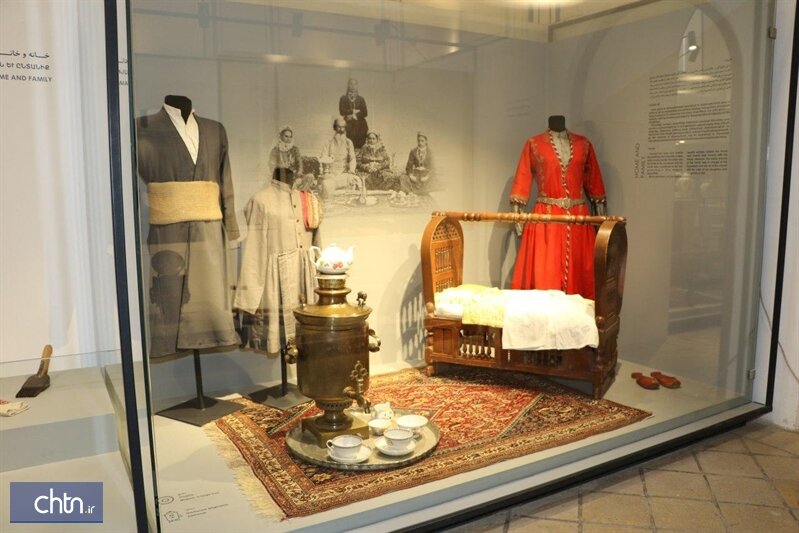Vank Cathedral hosting 400-year-old Armenian culture exhibition

TEHRAN – The centuries-old Vank Cathedral (locally called Kelisa-ye Vank) in Isfahan is hosting an exhibition of artworks and handicrafts made by Armenians of New Jolfa district with the aim of introducing their 400-year-old culture and art.
The exhibit is displaying traditional costumes, hand-made pieces of jewelry and music instruments made by Armenian artists from the Safavid era (1501–1736) to the present, CHTN quoted the manager of the cultural complex of the cathedral Aris Davitian.
The art of Armenian architecture as well as well-known Armenian crafters and artists will also be introduced in the exhibit.
Moreover, on the sidelines of the exhibit, different handicrafts workshops are being held, and young narrators introduce the customs and traditions of the Armenian people of Jolfa.
The Vank Cathedral is widely referred to as an everlasting masterpiece of architecture, which harmoniously blends Islamic motifs and elements with those of Armenians. Vank means “monastery” or “convent” in the Armenian language.
Built in the first half of the 17th century, with the encouragement of the Safavid rulers, Kelisa-ye Vank is a historic focal point of the Armenian Church in Iran.
Hundreds of Armenians, who migrated to Isfahan during the Ottoman–Safavid War (1603–18), contributed to the cathedral being completed.
Some say that the varying fortunes and independence of this suburb across the Zayande River and its eclectic mix of European missionaries, mercenaries, and travelers can be traced almost chronologically in the cathedral’s combination of building styles and contrasts in its external and internal architectural treatment.
The construction is said to begin in 1606 by the first arrivals being completed with major alterations to design between 1655 and 1664 under the supervision of Archbishop David.
The Armenian quarter of Isfahan dates from the time of Shah Abbas I, who transported a colony of Christians from the town of Jolfa (now on Iran’s northern border) en masse, and named the village ‘New Jolfa’. Shah Abbas sought their skills as merchants, entrepreneurs, and artists and he ensured that their religious freedom was respected – albeit at a distance from the city’s Islamic center.
ABU/MG
Leave a Comment